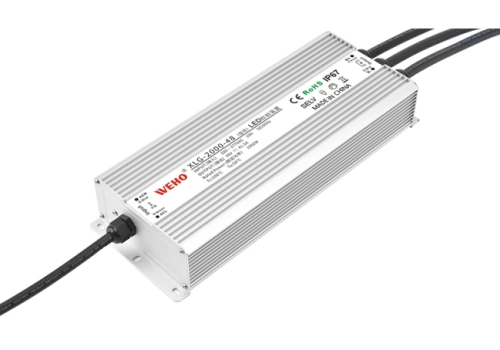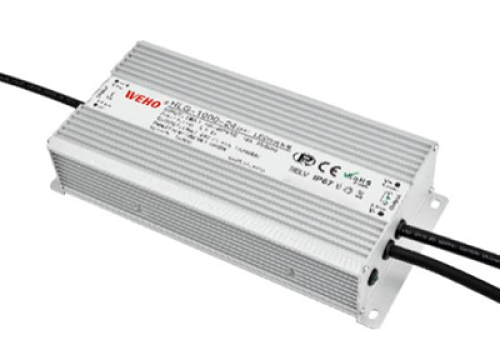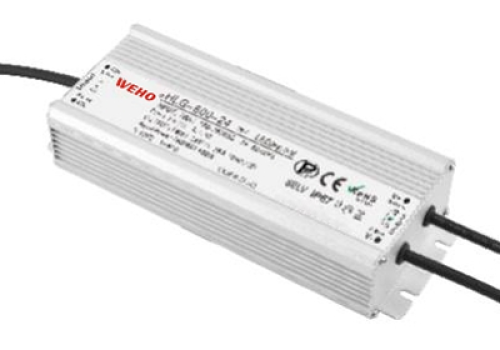A power inverter is an essential device that allows you to use your appliances and devices wherever you are, even when there is no power. Whether you’re going camping, travelling in your RV, or need backup power during a power outage, choosing the right inverter is crucial.
This ultimate guide will provide you with everything you need to know about power inverters to help you make the best choice for your specific needs.
What is a power inverter and why do you need one?
A power inverter is a device that converts direct current from a battery or solar panel into alternating current, which is how most home appliances and devices operate. Simply put, it converts the electrical output of the battery into a usable form for electronic devices.
Now, why do you need a power inverter? Well, there are many situations where inverters become very useful. For example, when you’re camping outdoors or travelling in an RV, a power inverter allows you to power your appliances and gadgets while off the grid.
Additionally, in the event of a power outage or emergency, an inverter can provide you with backup power to keep important equipment running.
Types of power inverters and their applications
Now that we have a clear understanding of what an inverter is and why it is important, let’s explore the different types of inverters on the market and their specific applications.











